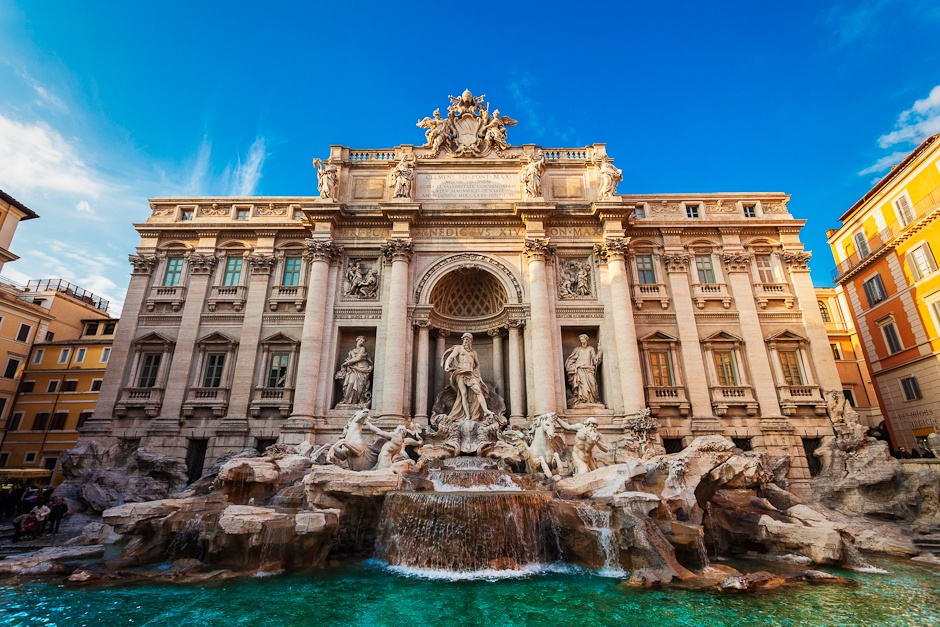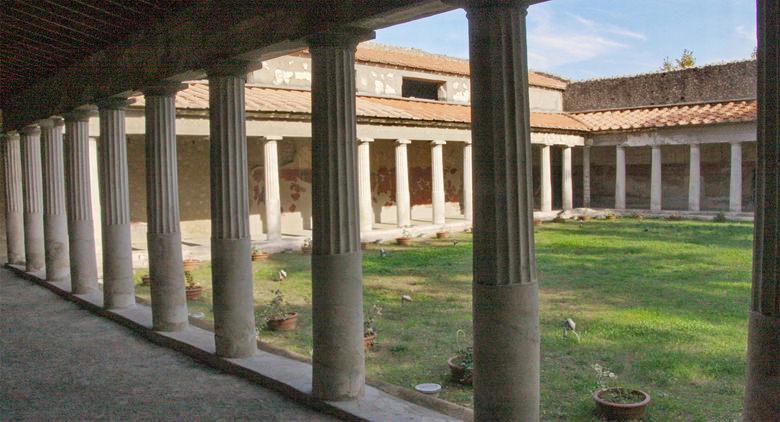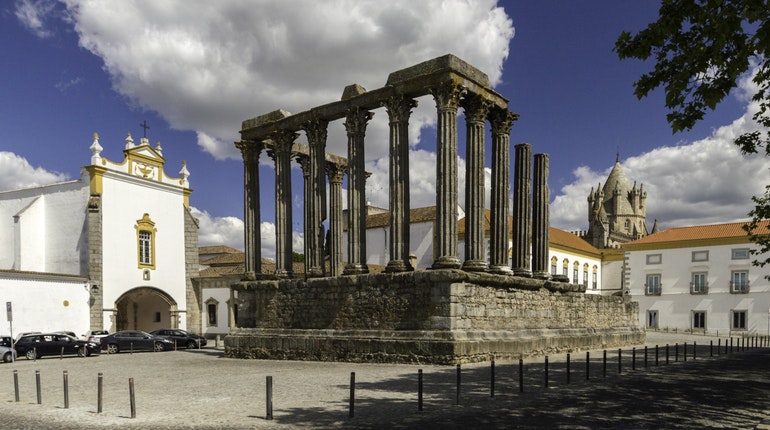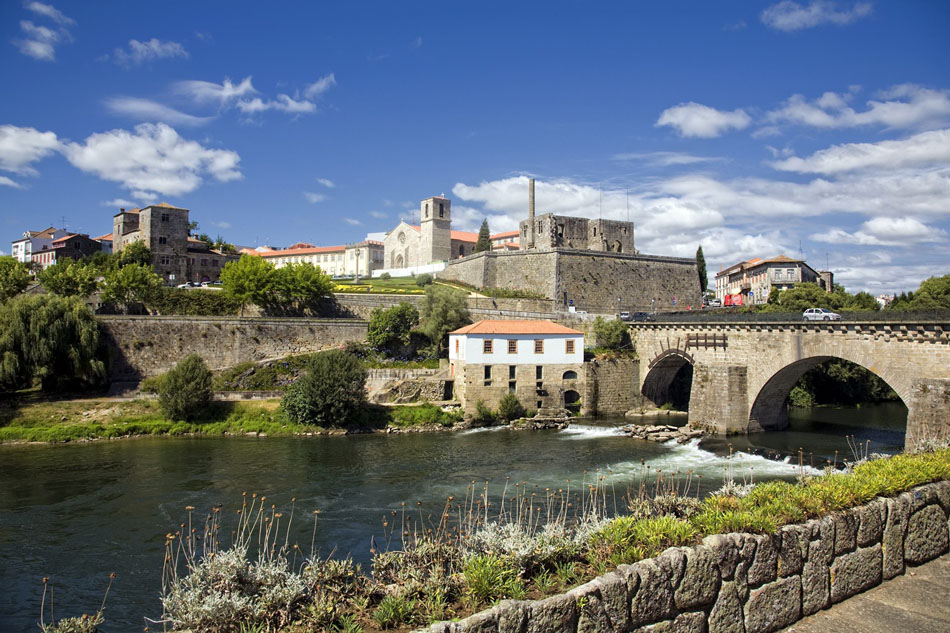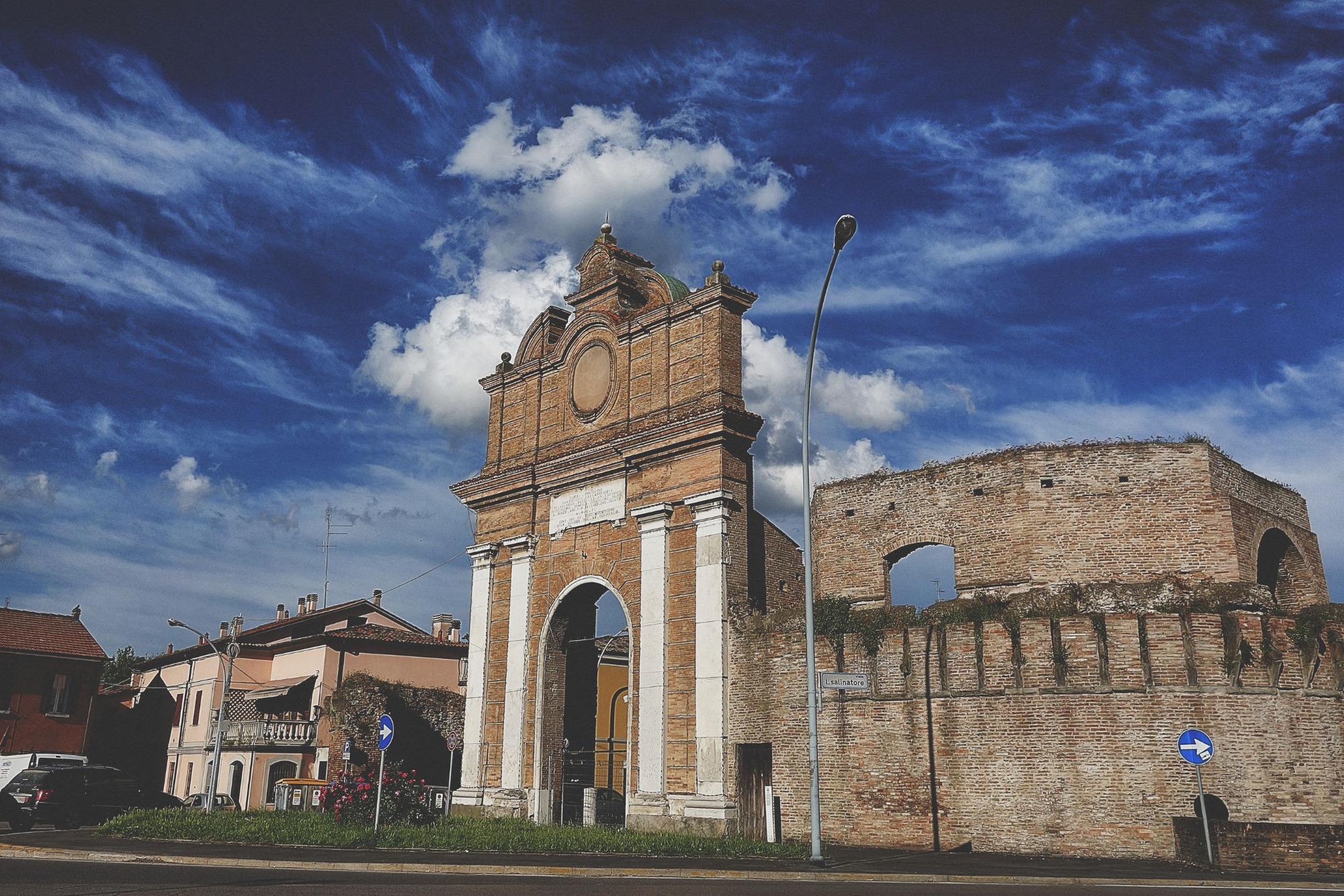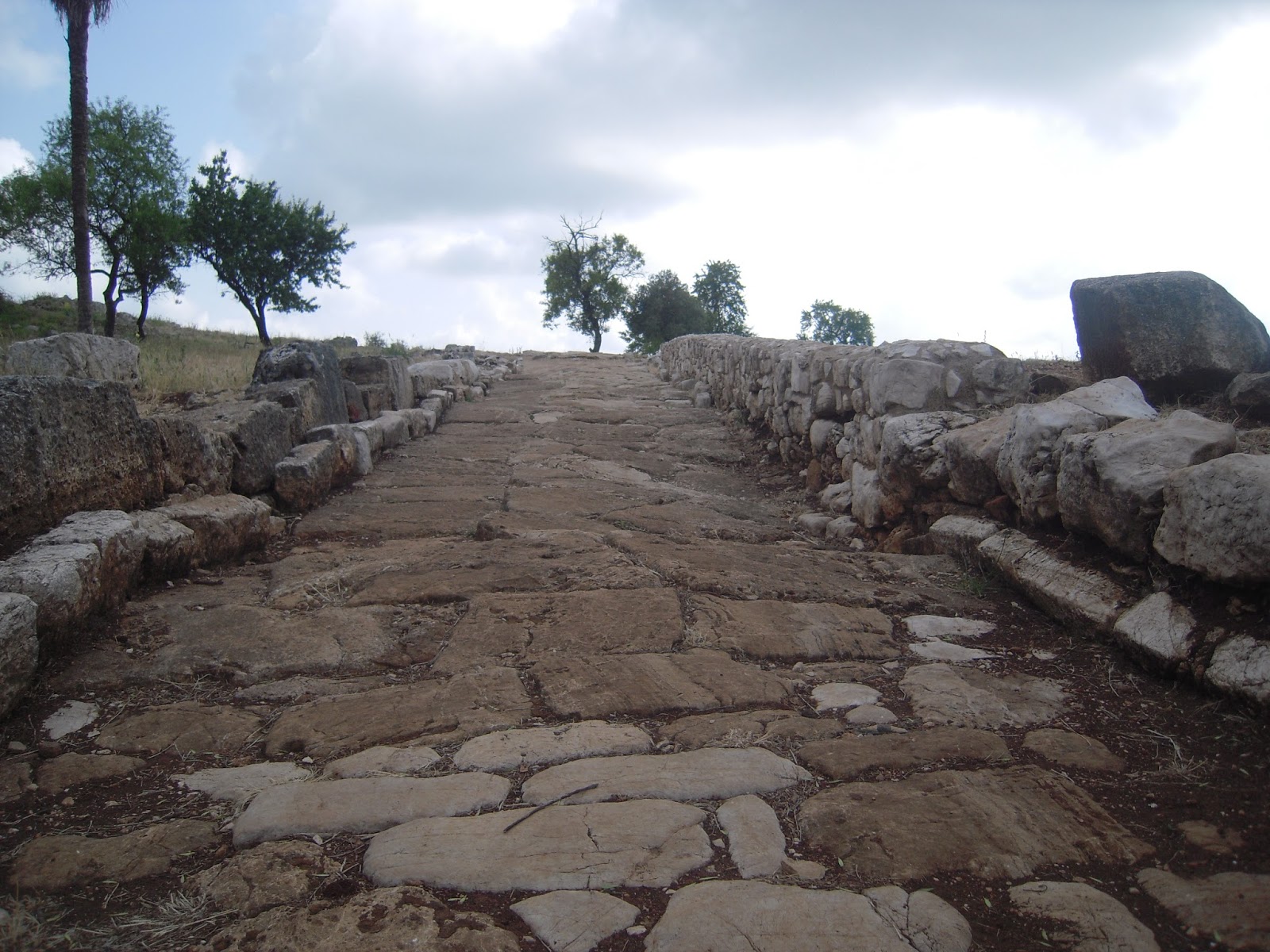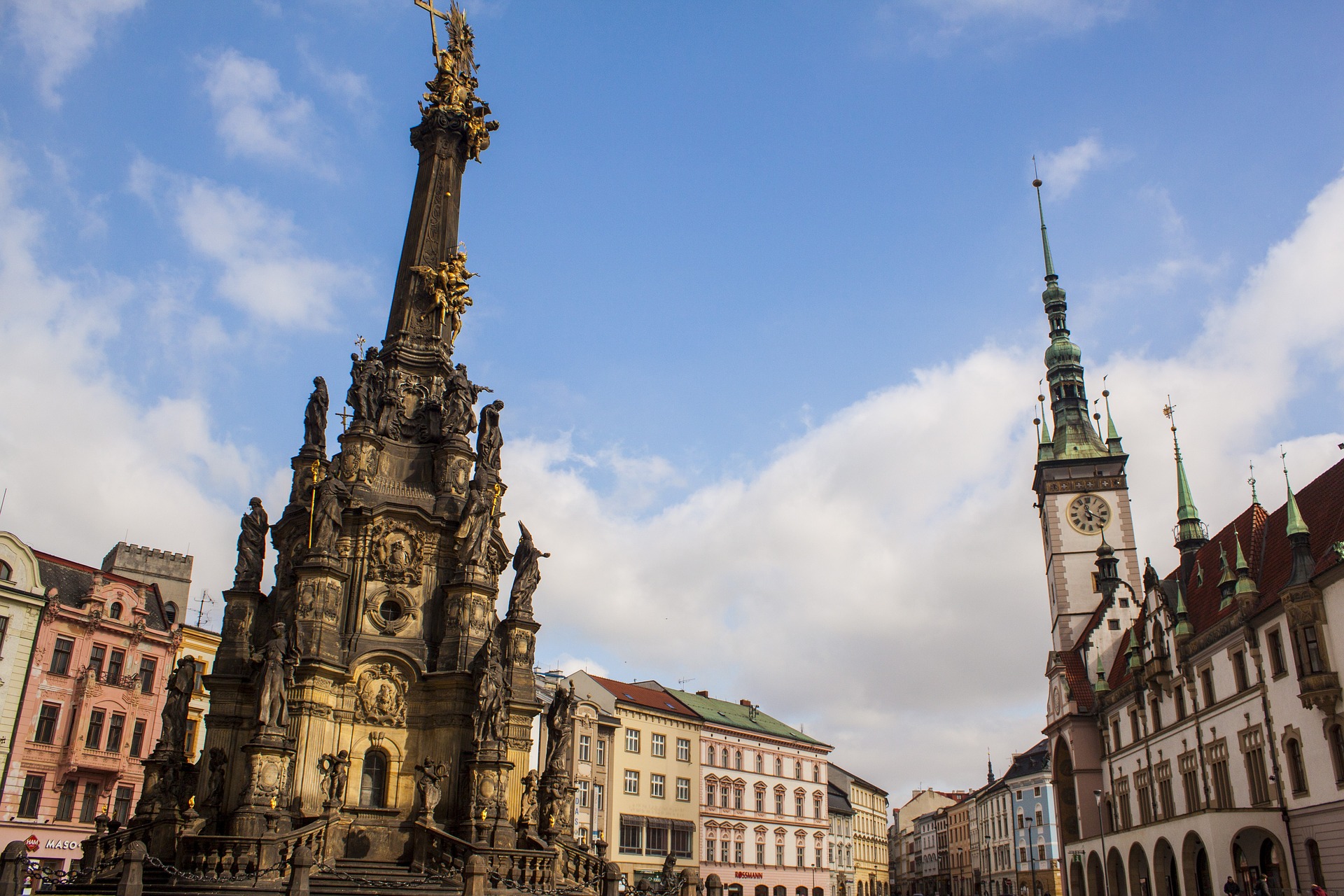The Trevi Fountain appears to us as a marvel, a jewel of water and stone.
It was Marcus Vipsanius Agrippa, the great admiral who had created the mighty Roman fleet, but also a valiant hydraulic engineer in the service of Emperor Augustus, who brought Virgin water to Rome in 19 BC. The aqueduct, built with the intention of creating free baths for the citizenry consecrated to the god Neptune, still runs entirely underground, and the Trevi fountain is precisely its "exhibition," that is, the monumental fountain that marked its end.
The water that gushes there comes from the springs of Salone and its name, "Virgin" is said to derive from the legend that Agrippa’s soldiers, thirsty, were guided to the spring by a maiden, a virgin in fact, or perhaps the goddess Diana, sister of Apollo, who loved to bathe in the springs in the company of her nymphs returning from the labors of the hunt.
More simply, the name of the fountain may derive from the particularly light, limestone-free water that Agrippa’s engineers recognized as suitable for the baths. Agrippa’s fountain consisted of a huge wall, against which three collecting basins rested, and it maintained the same form until 1453, when Pope Nicholas V entrusted Leon Battista Alberti with the restoration of the fountain after reconnecting it to the springs. The three basins were then replaced by one huge basin.
It was only with Pope Urban VIII Barberini that a renovation of the fountain was considered. The pope wanted a highly scenic and grandiose fountain, so that it would be visible from his residence at the Quirinal.
He therefore gave the commission to the sculptor Gian Lorenzo Bernini, who presented numerous designs, all of them very expensive. The pope was thus forced to raise taxes on wine, causing the discontent of the Romans, who entrusted the protest to "Pasquino," Rome’s famous talking statue. (These are the remains of a Hellenistic statue found near Piazza Navona that became, from the 16th century onward, a characteristic figure of protest against major public figures, including popes. It owes its name to a character in the neighborhood known for his satirical jokes, and the Romans decided to entrust him with verses of protest on slips of paper that were hung around the statue’s neck at night, the "Pasquinate," precisely). On that occasion the protest in verse took shape and the statue exclaimed:
"To recreate with water every Roman / of taxes aggravated the wine Pope Urban."
But the tax increase alone was not enough, the expenses to be incurred were enormous and materials were scarce, so the pope thought it best to grant the sculptor written permission to demolish the "Tomb of Cecilia Metella" what he called "…an ancient monument, round in shape and of beautiful marble."
Deprecating monuments of antiquity was a widespread custom in order to obtain valuable materials cheaply, but this was just too much: the Romans rose up and both the pope and Bernini had to make do with the admittedly not small amount of marble they had nonetheless managed to subtract in the meantime.
Their project, however, did not come to fruition, and their deaths came before the fountain was completed.
Three centuries later, Pope Clement XII, revived the idea of a monumental fountain and held a competition among the best artists of the time. Nicola Salvi’s sketches, which were clearly inspired by Bernini, won. The new work began, under Salvi’s direction, but he too died before the work was completed. He was succeeded by Giuseppe Pannini, who finally finished it in 1762.
This incredible work is a gigantic tribute to the god of the sea in memory of the aqueduct built in his honor. Mythological characters lend movement and dynamism to the composition.
The two sea horses symbolize the states of the sea, one is calm, the other is agitated. The horses are led by two tritons, half-man, half-fish demigods, one of whom blows at the top of his lungs into a shell horn whose sound was able to calm storms and heralded the arrival of the sea god.
In the center within an archway surrounded by columns dominates the scene the god Ocean who stands and majestically peers into the large shell-shaped pool representing his submerged domains.
On either side of the god, statues set within two niches represent the personification of the abundance and wholesomeness of water.
The origins of the aqueduct are recalled by the two friezes at the top: on the left Agrippa approving the project and on the right the virgin pointing the soldiers to the spring. Above, the marble coat of arms of Clement XII and statues representing the four seasons complete the scene.
Of course, there is no shortage of curiosities and legends related to the fountain. In the center of the basin we find a travertine bishop’s hat that seems carelessly thrown there: probably a polemic against the papacy.
Another element that attracts the viewer’s attention: it is the large vase on the right of the fountain. The Romans nicknamed it the "ace of cups." Apparently it was placed there by Salvi himself during construction, tired of the constant criticism from a barber who had his store on that very side of the square.
The huge vase completely blocked the view of the construction site so that the petulant barber, no longer had a way to observe and comment on the work in progress.
The most famous popular legend connected with the fountain assures that it brings good luck to throw a coin at it from behind and in this way one will also secure one’s return to the Eternal City.
On the right, on the other hand, we find the "fountain of love"; it reminds lovers that if a fiancé has to leave, then he or she must necessarily drink its water and break the glass in order to remain bound to both Rome and the betrothed.
The fountain is so well known in the world that there was no shortage of attempts to emulate it: in 1919 an American tried in vain, allocating $14 million, to rebuild the fountain in his garden, but the project failed due to the sheer size of the work.
The cinema, too, has paid tribute to her several times, one of the most famous and unrepeatable scenes being undoubtedly that in Federico Fellini’s "La dolce vita," in which a sensual Anita Ekberg walked into the water inviting an incredulous Marcello Mastroianni to follow her. Many remember it this way: a concentration of beauty and life in motion, around which water is the protagonist, scenery and music.
